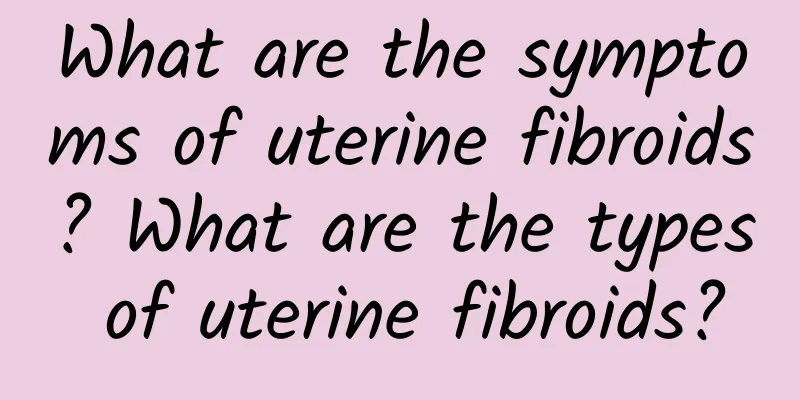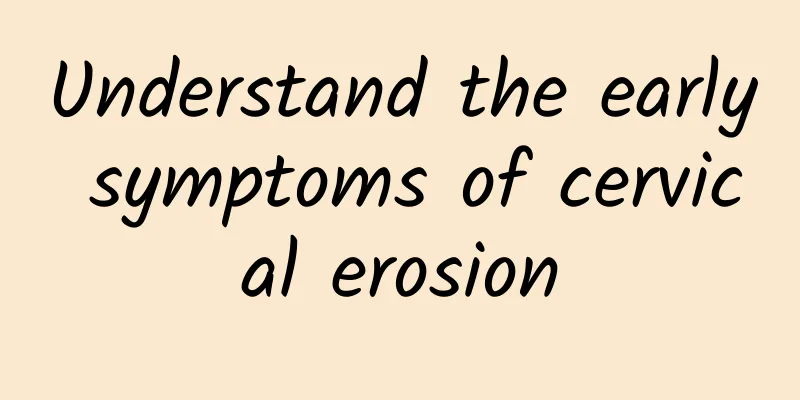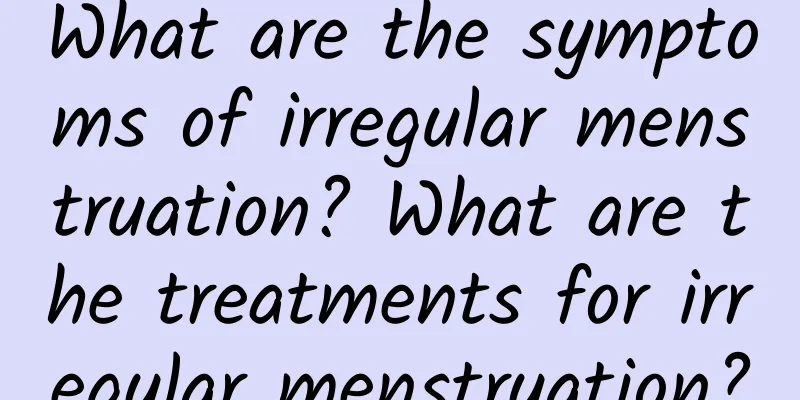What are the symptoms of uterine fibroids? What are the types of uterine fibroids?

|
We must actively grasp the symptoms of uterine fibroids and correctly grasp the symptoms of uterine fibroids to help us get accurate diagnosis and treatment. Usually there are many symptoms of uterine fibroids. The following is an expert analysis of the symptoms of uterine fibroids. Symptoms of uterine fibroids: Type 1. Intramural fibroids: The fibroids are located in the myometrium of the uterus and are surrounded by normal myometrium. The boundary between the fibroids and the myometrium is clear. The uterine myometrium squeezed around the fibroids is usually called a pseudocapsule. This type of fibroid is the most common, accounting for 60% to 70% of the total number of fibroids. Fibroids are usually single or multiple, with different sizes. Small ones, like rice grains or soybeans, do not change the shape of the uterus; large ones can increase the uterus or change the shape of the uterus irregularly, and the uterine cavity is often deformed. Type 2. Subserosal fibroids: When the fibroids between the uterine muscle walls grow to the serosa layer on the surface of the uterus, it is called a subserosal fibroid. When the fibroids continue to grow under the serosa, they form a pedicled subserosal fibroid connected to the uterine wall. When the tumor grows on both sides of the uterus and in the wide ligaments beside the uterus, it often compresses the nearby ureters, bladder and iliac blood vessels, causing corresponding symptoms and signs. Type 3, submucosal fibroids: Submucosal fibroids are intramural fibroids close to the uterine cavity, growing in the direction of the uterine cavity, and covered with endometrium on the surface, called submucosal fibroids. This type of fibroid protrudes from the uterine cavity and can change the shape of the uterine cavity. Some fibroids are only called pedunculated submucosal fibroids, which are connected to the uterine wall. This type of fibroid causes reflex uterine contractions in the uterine cavity, like a foreign body. Due to gravity, the fibroid gradually moves down to the internal cervical os, and finally the pedicle is stretched, and the fibroid is gradually squeezed at the external cervical os or vaginal os. We must actively grasp the above-mentioned symptoms of uterine fibroids. Of course, after mastering the symptoms of uterine fibroids, we must also actively consult relevant experts to maximize the restoration of everyone's safety and health. |
>>: What are the symptoms of uterine fibroids? How to treat uterine fibroids with minimal harm
Recommend
How to treat premature ovarian failure?
What is the best way to treat premature ovarian f...
Detailed discussion on preventive measures for cervical hypertrophy
How much do you know about the prevention of cerv...
The hazards of ovarian cysts that need attention
It is understood that many female friends do not ...
Patients with vulvar leukoplakia should undergo routine examinations in advance
Women are very afraid of vulvar leukoplakia becau...
How to cure uterine fibroids
How to cure uterine fibroids? Uterine fibroids ar...
Experts explain physical therapy methods for treating cervical hypertrophy
Cervical hypertrophy is a common gynecological di...
What are the causes of uterine fibroids?
Among the many gynecological diseases, uterine fi...
Women should be aware that delayed menstruation may be a sign of menstrual irregularity
Irregular menstruation is the most common female ...
The secret to burning fat quickly after exercise is to supplement protein nutrition
The number of obese people in Taiwan is increasin...
Can I have an IUD inserted while having an abortion?
Can I have an IUD inserted while having an aborti...
Causes of pelvic inflammatory disease
Among gynecological inflammations, pelvic inflamm...
What tests are needed for Bartholinitis?
What examinations are needed for Bartholinitis? T...
Amber Ahn eats boiled meals to lose body fat? Eat good fats for three meals so you won’t get fat!
An Xinya, known as the "Otaku Goddess",...
How to judge whether uterine fibroids are malignant? What should I do if I have uterine fibroids?
Uterine fibroids are one of the most common benig...
Can I only eat bananas when I have constipation? Try drinking "this 1 cup" of high-fiber juice to moisturize the intestines and relieve constipation
Who says you can only eat bananas when you are co...









